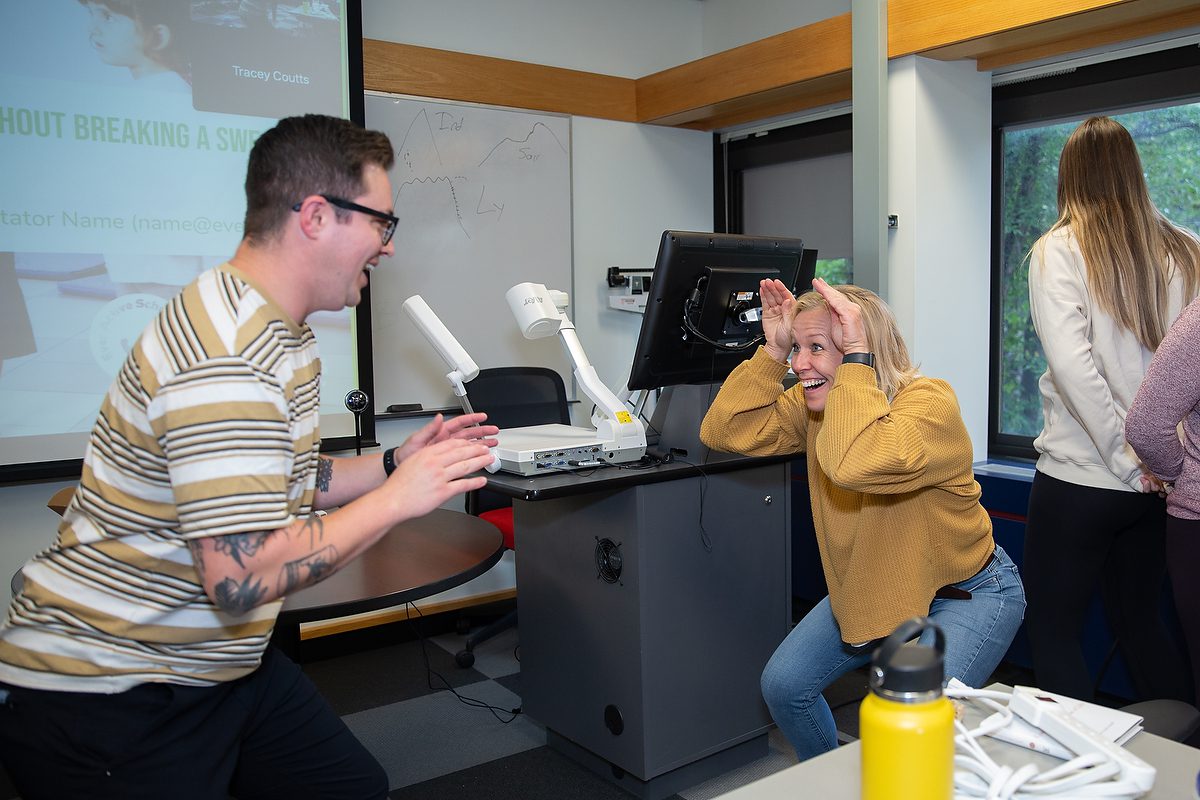TEACHING THE NEW ALBERTA K-6 CURRICULUM
The new Alberta K-6 curriculum has certainly been a hot topic, and we’ve heard a lot of questions about the Physical Education and Wellness (PEW) section.
The biggest question: how do I teach this Alberta K-6 curriculum without losing active time with my class?
Never fear: Ever Active Schools is here! We’ve compiled 8 games and activities to address the organizing ideas and learning outcomes highlighted in the PEW section of the Alberta K-6 curriculum. We’ve even highlighted the associated knowledge, understanding, skills and procedures (KUSPs) from each outcome for you. Check out the full resource, Games and Activities to Implement the PEW Alberta K-6 Curriculum, here: https://shop.everactive.org/products/k-6-pew-games
We’ve picked one of our favourite games from this resource to share below. If you’re feeling like you could use more support around understanding and implementing the Physical Education and Wellness Alberta K-6 curriculum, check out our available workshops.
Giants, Wizards, Elves

A full-body twist on Rock, Paper, Scissors, using concepts of financial literacy and active living. This game covers two organizing ideas from the PEW Alberta K-6 Curriculum.
Alberta K-6 Curriculum Connections
Organizing Idea: Active Living
- Outcome: Students examine how choices in physical activity can affect active living.
- K: Rewarding and engaging physical activity can foster motivation.
- U: Choice in physical activity can enhance exposure to a variety of active living options.
- SP: Participate in a variety of physical activities that develop various components of physical fitness.
Organizing Idea: Financial Literacy
- Outcome: Students examine factors that influence spending.
- K: Currency includes coins and paper money.
- U: Banking practices play a significant role in managing personal finances.
- SP: Consider a variety of factors when making decisions about spending money.
Equipment needed:
- Play money (ideally mock Canadian coins and bills)
- Optional: FMS Flip Cards
Safety considerations:
- Ensure your play area is free of obstacles.
- Pre-teach any required movement skills (e.g. skipping, lunges, etc.)
How to play:
- Provide each student with a set amount of money (e.g., $50 per person.) Split the group up equally into four corners of the room.
- In their corner, students find another player to face off against and stand back-to-back.
- Both players call out, “Giants, Wizards, Elves!” and spin around to face each other, each posing as one of the three characters.
- Giants: hands up high above head – get as big as possible!
- Wizards: lunge forward with finger pointing like a wand (not touching other players.)
- Elves: crouch down low and use hands to make elf ears.
- Giants defeat Elves, Elves defeat Wizards, and Wizards defeat Giants.
- The winning player moves clockwise around the room to the next corner, performing a locomotor fundamental movement skill (FMS) of their choice (e.g. skipping) before challenging a player in the new corner. The losing player stays in their corner holding a balance (e.g. tree pose) until another player in their corner challenges them to play again.
- OPTIONAL: Use FMS Flip cards to choose the FMS and balances for each corner.
- Once players understand the game, add elements of spending:
- Pay $2 to play each person (like paying for a service.)
- Spend $5 to travel to the next corner (like paying for gas.)
- Add in a $20 reward for students who get back to their original corner.
- If students run out of money, give them a loan to keep playing.
- After the activity, with discuss how spending habits, jobs and loans can impact wellness.
Modifications:
- Vary the amount of money each student starts with.
- Add equipment to modify how participants move from corner to corner (e.g. on scooters, while dribbling a ball, etc.)
For a deeper dive into strategies to implement the curriculum, check out this episode of our educational podcast, aptly named The Podclass.


